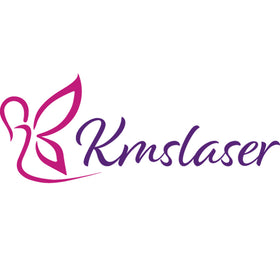How to Adjust Pressure Levels Based on Client Needs
Why Pressure Adjustment Matters in Every Pressotherapy Session
One of the key advantages of professional-grade Pressotherapy machines is their ability to customize air pressure levels. But not all clients are the same—what feels effective for one person may be uncomfortable or even risky for another. Whether your goal is lymphatic drainage, muscle recovery, or post-surgical swelling control, understanding how to fine-tune pressure levels ensures optimal results and client safety.
| Treatment Objective | Recommended Pressure Range | Reason |
|---|---|---|
| Lymphatic drainage / detox | 20–40 mmHg (low) | Gentle wave mimics natural lymph flow |
| Muscle relaxation / fatigue | 40–60 mmHg (medium) | Stimulates blood return without discomfort |
| Anti-cellulite / body shaping | 60–80 mmHg (moderate-high) | Breaks down localized fluid & tension |
Client Profiles and Suggested Pressure Settings
Every client’s body type, condition, and tolerance level will influence how much pressure should be applied. Using a one-size-fits-all approach can lead to poor outcomes—or discomfort. Here’s a guide to help spa operators or home users adapt safely:
| Client Profile | Suggested Pressure Level | Notes |
|---|---|---|
| Elderly or post-op patients | Low (20–30 mmHg) | Always with medical clearance |
| Athletes with leg soreness | Medium (40–60 mmHg) | Focus on calf-to-thigh gradient |
| Clients with water retention or bloating | Medium-High (50–70 mmHg) | Avoid high setting if tender or inflamed |
How to Respond to Discomfort or Ineffectiveness
Clients sometimes report feeling "too tight," "not enough pressure," or even tingling. These signs usually point to incorrect settings or cuff misalignment. Here’s how to adjust accordingly:
| Client Feedback | Likely Cause | Recommended Action |
|---|---|---|
| Feels too tight or breathless | Pressure set too high | Lower by 10–20 mmHg and reassess |
| No sensation or too weak | Pressure too low or cuff too loose | Tighten suit and increase pressure gradually |
| Tingling or numbness | Restricted blood flow or overpressure | Stop session immediately and adjust placement |
Frequently Asked Questions (FAQ)
Q: What’s the highest pressure setting I can use safely?
A: Most machines max out at 90–100 mmHg. For general wellness, stay below 80 mmHg unless otherwise trained.
Q: Can each zone (legs, waist, arms) use different pressure?
A: Yes—advanced systems allow individual zone control. Adjust based on client comfort and goal.
Q: Is higher pressure always better for slimming?
A: Not necessarily. Overpressure can reduce lymph flow. Better results come from consistency and correct frequency.
Q: How often should I change pressure settings for returning clients?
A: Reevaluate every 2–3 sessions based on response, comfort, and desired outcome.
Q: Where can I find a system with adjustable pressure by zone?
A: Explore our infrared multi-zone system here: Pressotherapy by KMSLASER.
Conclusion: The Right Pressure Makes All the Difference
An effective pressotherapy session isn’t just about turning the machine on—it’s about adjusting with intention. By learning to fine-tune pressure based on each client’s needs, your Pressotherapy system becomes a personalized therapy tool, not just a machine.
📞 Need training on pressure programming or protocols?
Email sophia@kmslaser.com or message us via WhatsApp: +86 18676839070





